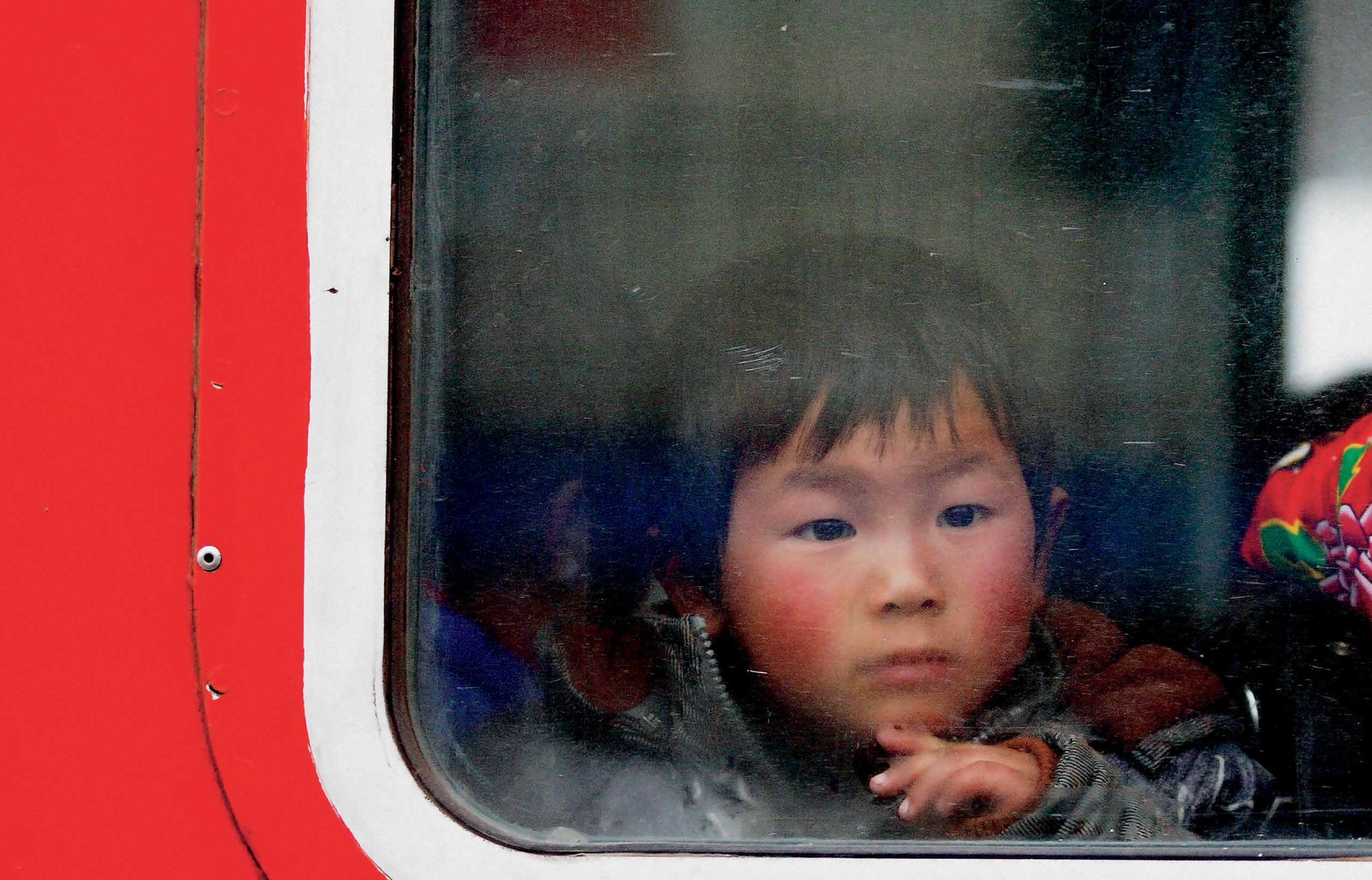4.1 A country faces the outcomes of radical population control
| CHAPTER 4 | HUMAN POPULATIONS |
ONE-CHILD CHINA GROWS UP
56
57

CORE MESSAGE
A variety of factors influence whether and how fast a population grows. Many human populations have grown explosively in the recent past. The human population is still growing, especially in developing nations, which leads to overpopulation in those areas. We can pursue a variety of approaches to reduce population growth and stabilize population size; many of these approaches focus on issues of social justice. Population size has increased our impact on the environment but that rising impact is also being caused by an increasing per capita use of resources and generation of waste.
GUIDING QUESTIONS
After reading this chapter, you should be able to answer the following questions:
 How and why has human population size and growth rate changed over time? What is the size and distribution of today’s population?
How and why has human population size and growth rate changed over time? What is the size and distribution of today’s population? What cultural and demographic factors influence population growth in a given country? How do they differ between developed and developing nations?
What cultural and demographic factors influence population growth in a given country? How do they differ between developed and developing nations? What is the “demographic transition” and why is it important?
What is the “demographic transition” and why is it important? What do population growth rates look like today and how can we achieve zero population growth?
What do population growth rates look like today and how can we achieve zero population growth? What impact does our current world population have on the Earth and can it support us all?
What impact does our current world population have on the Earth and can it support us all?
58
In most countries, including Canada, it’s not hard to imagine a life without siblings—plenty of families have just one child. But what about a life without cousins or aunts and uncles? Imagine not just a single family, but an entire country of single children and you’ll begin to get a sense of what China is like for the generation now entering adulthood.
Their elders call them the “Little Emperors”—a title that is meant to reflect the spoiled life and haughty temperament we sometimes associate with only children; they are the result of a colossal social experiment set in motion by the Chinese government 30-some years ago in an effort to curb population growth: one child per family. For 30 years.